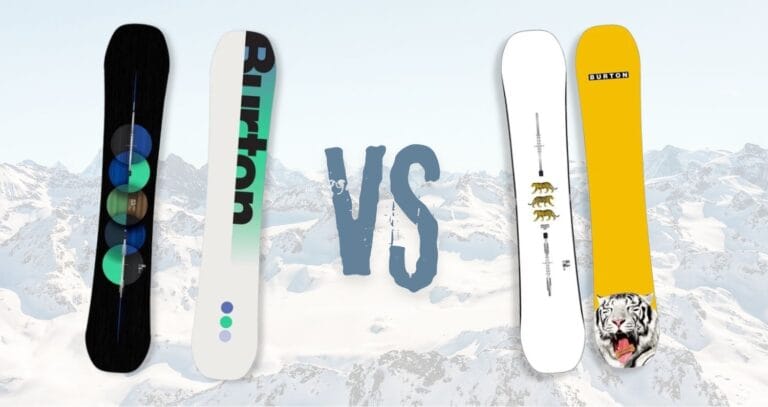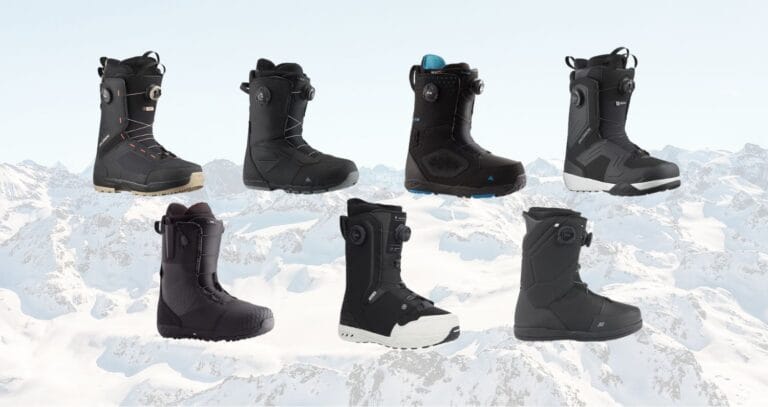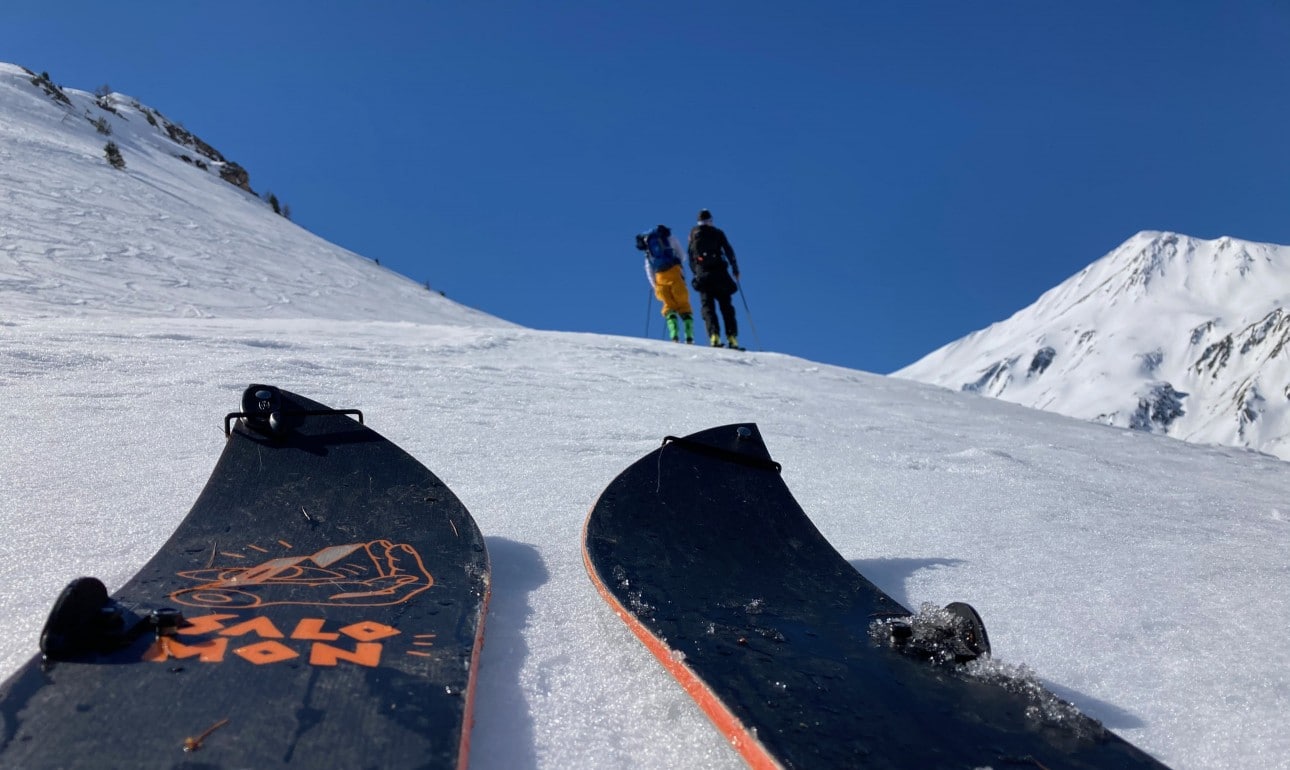Let’s face it, snowboarding on icy slopes is not the most fun kind of type of riding! But sometimes when the conditions are not great that’s all you’ve got to work with. But with these few tips on how to adapt your riding, you’ll be able to survive even the iciest of conditions and discover how to still have fun with your riding.
Why do ski runs get icy?
There are two ways in which snow can turn to ice in ski resorts. The first is if the snow is old and has been skied over a lot. This means the longer it’s been since the last snowfall the more likely it is that the snow will have been compacted down to form ice.
Resorts that have cold temperatures and little snowfall can get really icy. East Coast resorts in the US and Scandinavian resorts are renowned for their icy conditions
The second way is if the snow has melted and then refrozen into ice. This happens more in the spring when the weather is warmer and the snow melts throughout the day, only to freeze at night when the temperature drops.
This means in the spring you are more likely to find icy conditions early in the morning before the sun has had a chance to melt it.
How to ride ice on a snowboard
Ice is not much fun on a snowboard but these tips will help you make the most of it:
Avoid it!
Why bother riding ice when you can ride on better snow? If you know the conditions are icy then you can have a lie-in and skip the first lift. Throughout the day the conditions are likely to soften. Also, the hard-groomed snow gets broken up and pushed around. This means there is normally softer snow pushed out to the sides of the trails.
When it’s icy I always ride down the side of the slope where a little bank of icy powder has built up. Riding this is actually fun! I’m goofy, so I normally stick to the left-hand side of the slope where I can do a heel-side slash on the bank.
Ride Slow
It’s important to stay in control of your board at all times and slowing down or changing direction on ice can be really challenging! If you know there’s an icy slope coming up try and keep your speed low. Once you’ve picked up speed on ice it can be really difficult to slow down!
Keep your turns rounded and skidded
By making your turns come all the way around you can start and finish each turn with a side slip. This is taking your technique right back to the basics, but it is the best way to stay in control.
Try and stay relaxed and let the board skid for a while after each turn. If you try and apply the brake too suddenly you can lose your balance. This means going easy on the edges and not fighting too hard to slow down This will help you keep the speed down and let you reset and regain your balance before the next turn.
Stay balanced over the board
Ice is not the place to try and lay down some carve turns! Make sure you stay upright and balance over your board without leaning into the turns. If you do start leaning in, your edges can easily slip out and you’ll end up on your face/butt…not nice on the hard ice.
Change edge high in the turn
When a slope gets steep and icy a lot of people start to freak out and lose their technique. Whilst you can get the board to turn by just kicking the back leg around, this kind of skips out a good part of the turn and gives you less control. This kind of kick-turn effectively misses out the whole top part of the turn meaning you have more pressure to deal with at the bottom of the turn in order to get the board back under control. Instead, you should be using a good basic turn technique so that you can peddle with your front foot and change edge high in the turn.
You should be aiming to get the edge change over with before your board hits the fall line. This will keep your turns smooth and keep everything under control.
Keep your edges sharp
Sharp edges are definitely gonna help you negotiate icy sections. Not only will good edges help you slow down but also change direction if you need to avoid someone or something in your path. Make sure you run an edging tool over your board every so often if they start feeling a little dull. And while you're at it you may as well give your board a wax!
What kind of snowboard is best for icy conditions?
- A snowboard with a camber profile is best for icy conditions. The camber gives a longer edge contact than a rocker board. This means you get more edge in the snow to control your board.
- A board with a little early rise rocker in the nose can help you initiate skiddy turns without the risk of catching the edge.
- A board that is torsionally stiff will give you more stability through the turns on the hard snow.
- A board with Magna Traction of similar technology gives you more control by introducing a wavey profile to the edge and a longer effective edge.
Wrapping up
Hopefully, these tips will help and give you more confidence to go out and shred when conditions are less than perfect! When God invented snowboarding it wasn’t icy conditions that he had in mind! But if you’re a little smart about it you can stay safe and still have fun.




